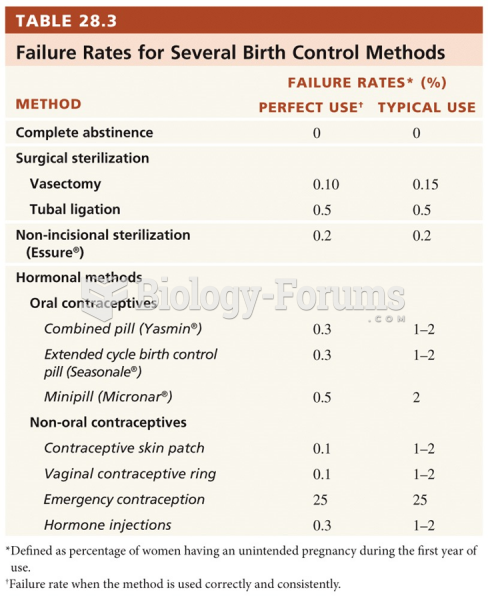|
|
|
The shortest mature adult human of whom there is independent evidence was Gul Mohammed in India. In 1990, he was measured in New Delhi and stood 22.5 inches tall.
The most common treatment options for addiction include psychotherapy, support groups, and individual counseling.
The horizontal fraction bar was introduced by the Arabs.
The first successful kidney transplant was performed in 1954 and occurred in Boston. A kidney from an identical twin was transplanted into his dying brother's body and was not rejected because it did not appear foreign to his body.
Cocaine was isolated in 1860 and first used as a local anesthetic in 1884. Its first clinical use was by Sigmund Freud to wean a patient from morphine addiction. The fictional character Sherlock Holmes was supposed to be addicted to cocaine by injection.
 A passenger train crosses Stony Creek Bridge in the Rocky Mountains in 1878. Railroads were importan
A passenger train crosses Stony Creek Bridge in the Rocky Mountains in 1878. Railroads were importan
 Sumatran Tiger Fewer than 400, Indonesia and Texas Ocelot Fewer than 250, southern United States, ...
Sumatran Tiger Fewer than 400, Indonesia and Texas Ocelot Fewer than 250, southern United States, ...





